Greg Pask’s VR4 goes to show that a little backyard know-how and mechanical trickery can go a long way!
Words: Todd Wylie Photos: Rixsta Sammons
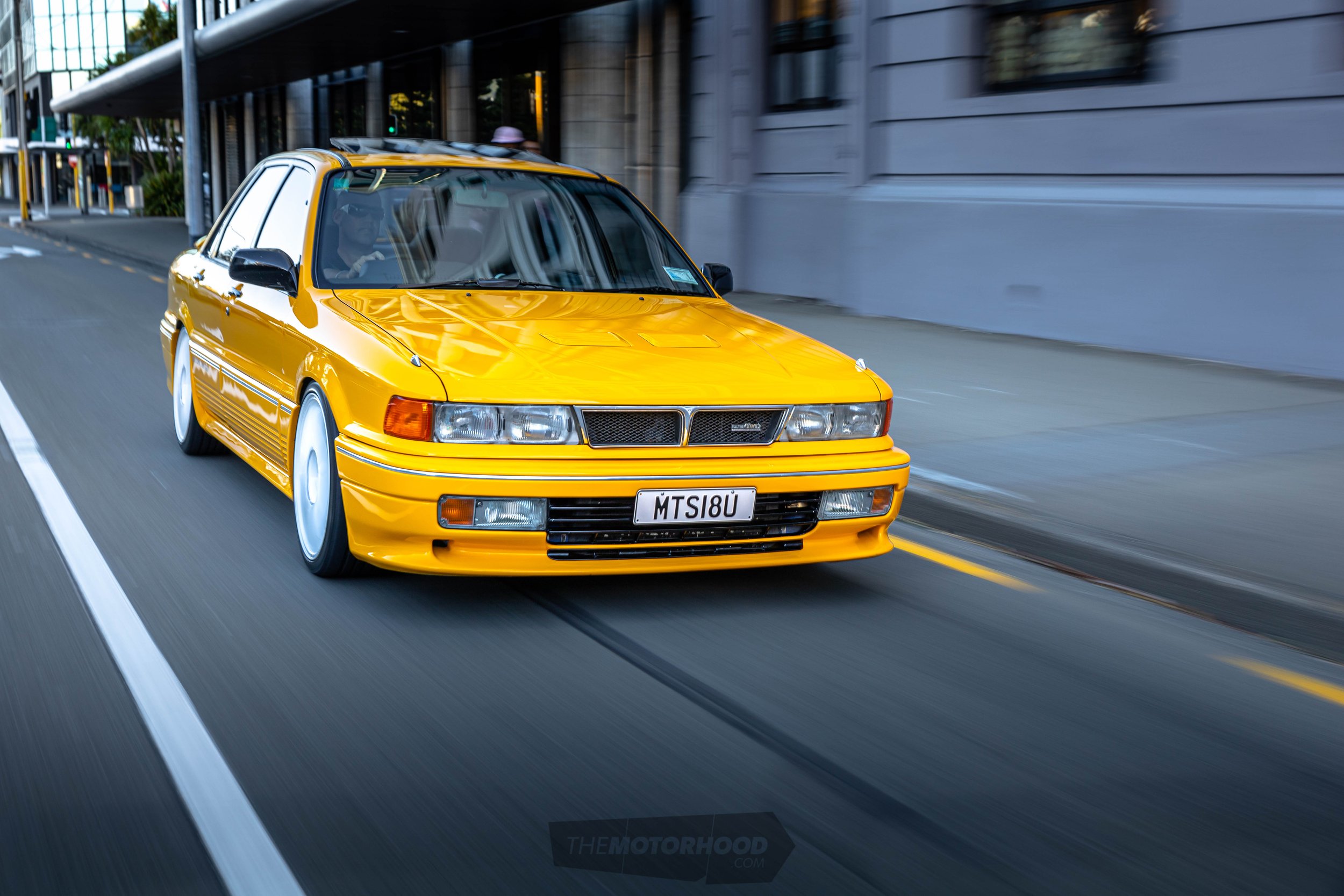
Back when Wellingtonian Greg Pask began cruising the streets, the fastest cars cutting laps around the Courtney Place circuit were the likes of Escorts fitted with two-litre Cortina motors. Those were the days when the tariffs were just coming off imported cars, and the streets were yet to be taken over by the cheap and powerful second-hand Japanese imports we now know and love.
While you could think I’m suggesting he’s old, I’m not; I was there at the time, too. Greg was one of the lucky ones, though; while most of us had to deal with carburetted old shitboxes that could barely turn a tyre in the wet, let alone the dry, he was rolling in comparative high-performance luxury in a 1985 Mitsi Sigma. So flash was the 1.8-litre machine that it even had reclining seats in the back — just what every teenage boy needed in the days pre-Tinder, when people needed to have game if they wanted to get lucky.
With how easy the car was to work on, it wasn’t long before Greg and his mates — some of whom he’s still close friends with today — started playing with the car. This led to a string of similar machines parked in the Pask family driveway, each one slightly better than the last, including a front-wheel drive turbocharged Mitsubishi Sigma GSR-X. From there, the quick spool of the turbo and the feeling of boost had him hooked.
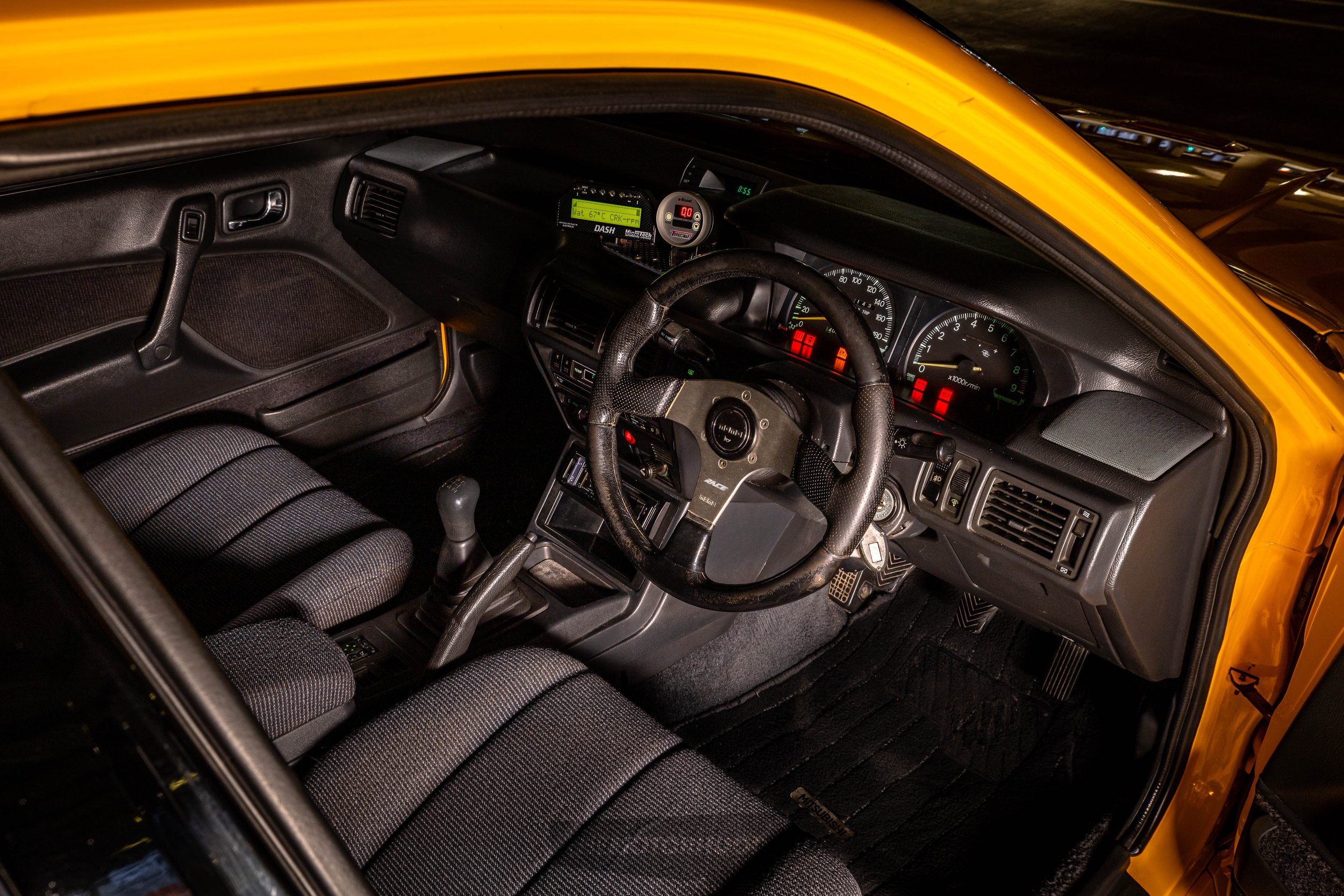
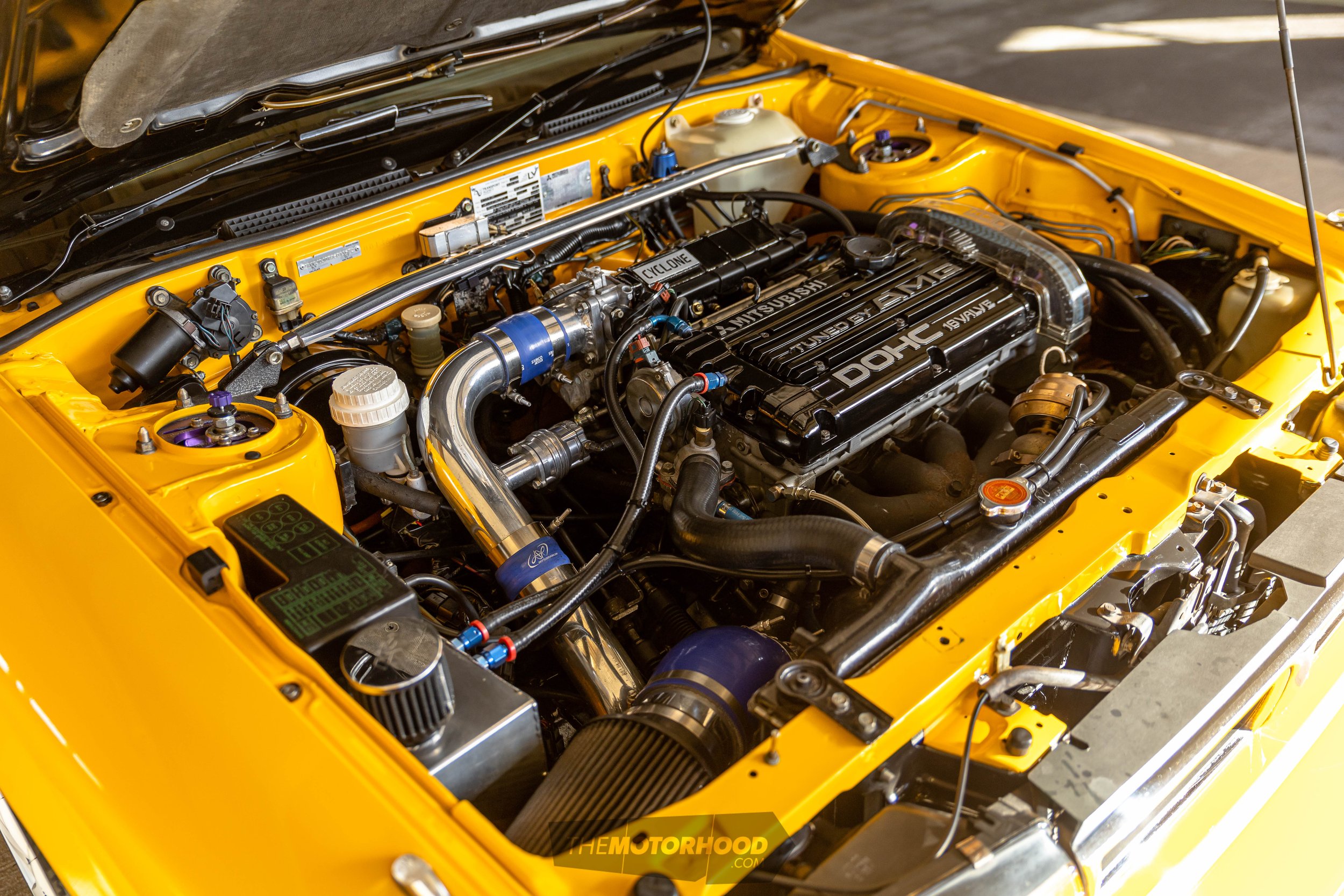
Over this time, the streets were rapidly changing and the likes of VR4s, BFMRs, and Subaru Legacys started taking over the scene. While these were still expensive cars at the time, a mate of Greg’s ended up with one of the first VR4s around, and, as soon as the car yard’s warranty expired, the boys began to tinker with it. Sure, it was before the internet became mainstream, but a simple inspection of the engine bay showed that crossing the boost hoses between the wastegate and boost control solenoid would enable maximum boost and an instant increase in power. Mods of that type were only ever short term, though, as knowledge on how to make the cars even quicker soon began to become more common.
Greg recalls, “I loved how simple the drivetrain was, and I learnt so much about them after vicious nights drag racing Kent Terrace and Cambridge Terrace with the likes of NFORCA, 0BEAN0, DEVIL8, and Shane Mewett in his nitrous-fed IOPNER Integra.”
So, when Greg passed a well-known local car yard and spotted a freshly traded ’89 VR4 out front, of course he stopped to check it out. “It was gunmetal grey, dead stock, and still had a kid’s booster seat in the back — I had to have it,” he laughs.
That was back in 2001, and now, 20 years later, he’s still got it, and it’s looking better than ever! Of course, the car’s evolved over those passing years, but part of its appeal is also due to its simplicity. It’s not been built to win internet points, nor does it use parts that add bling above function. In fact, quite the opposite; it’s been built how they used to be built, using smart modifications rather than off-the-shelf fluff.
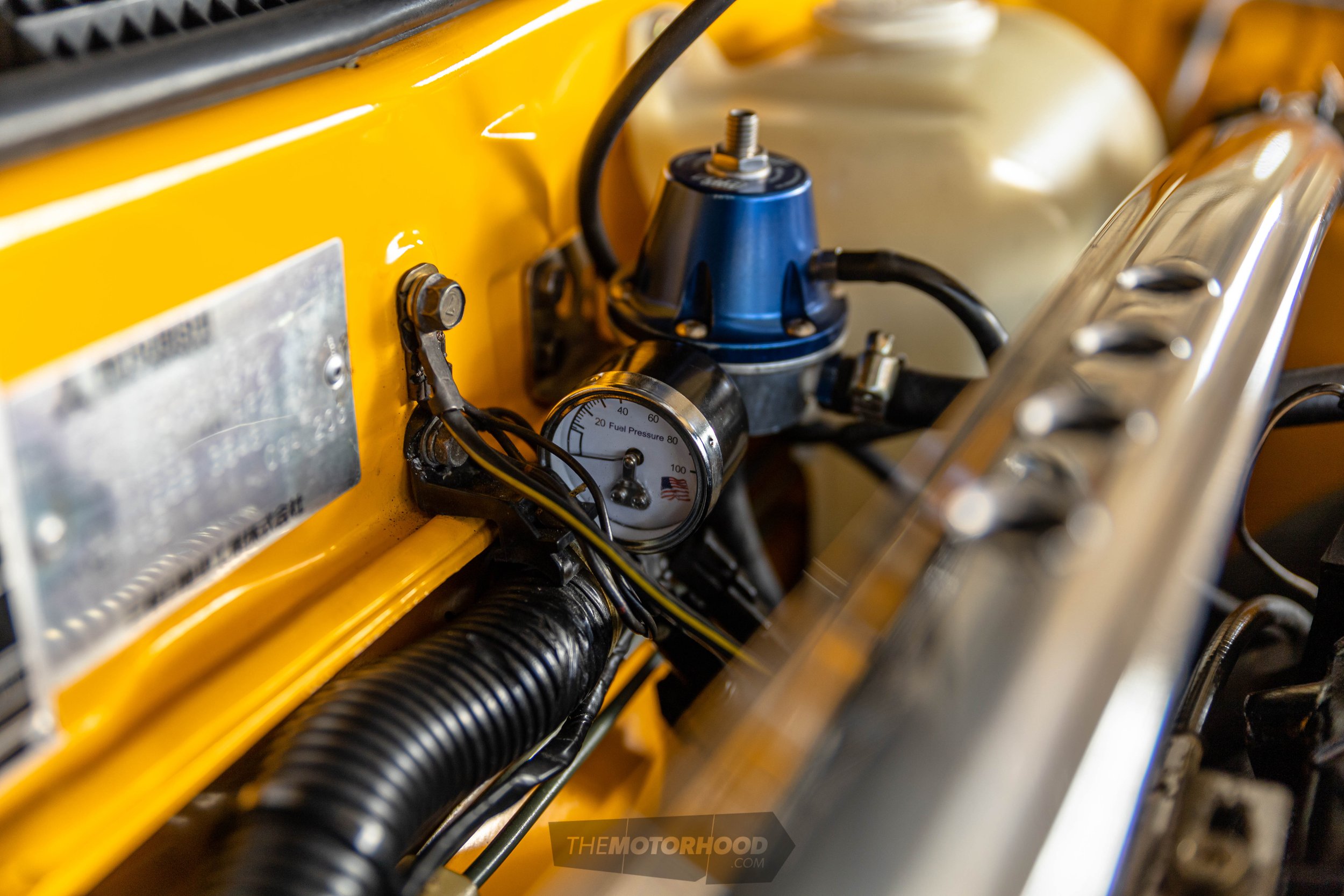
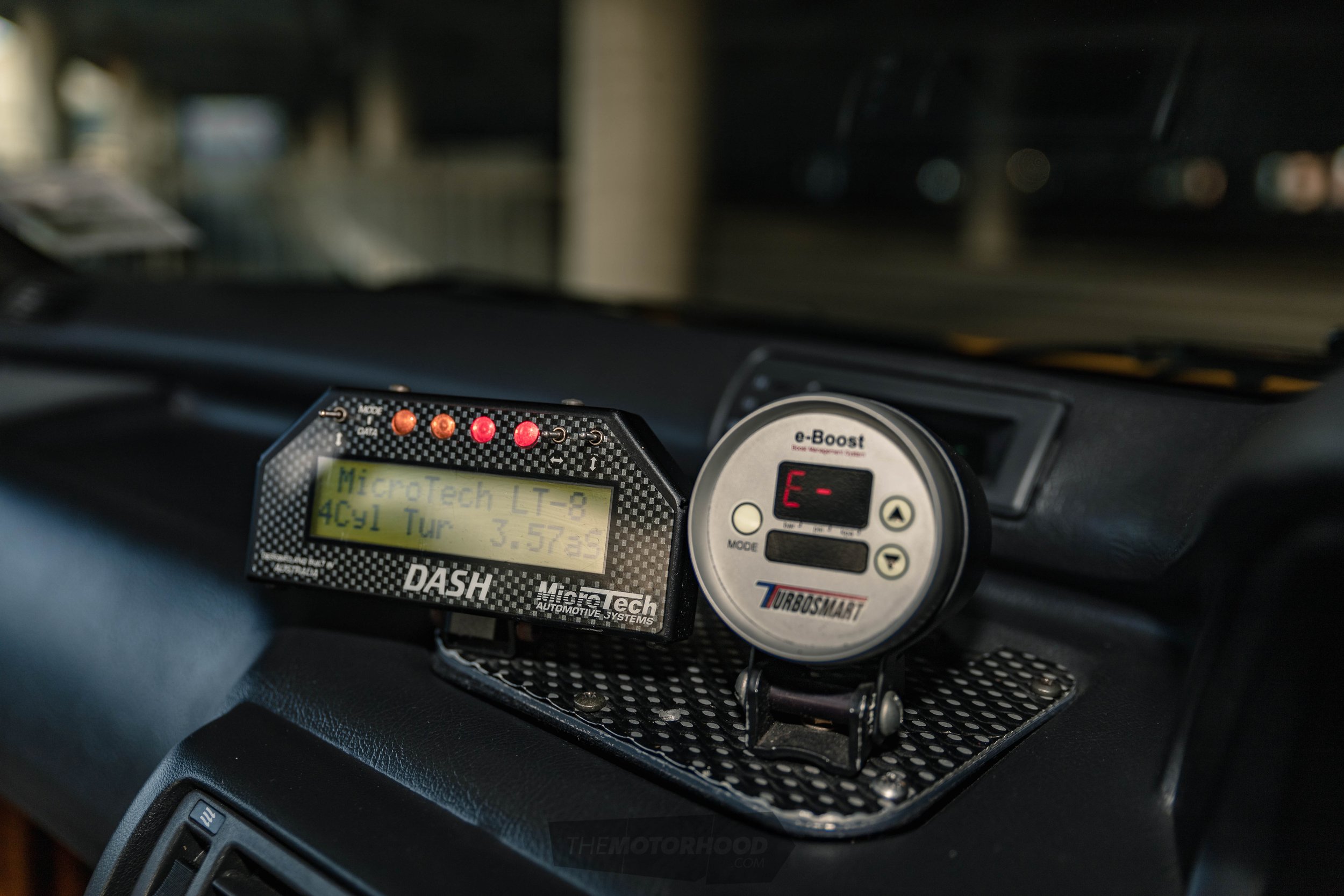
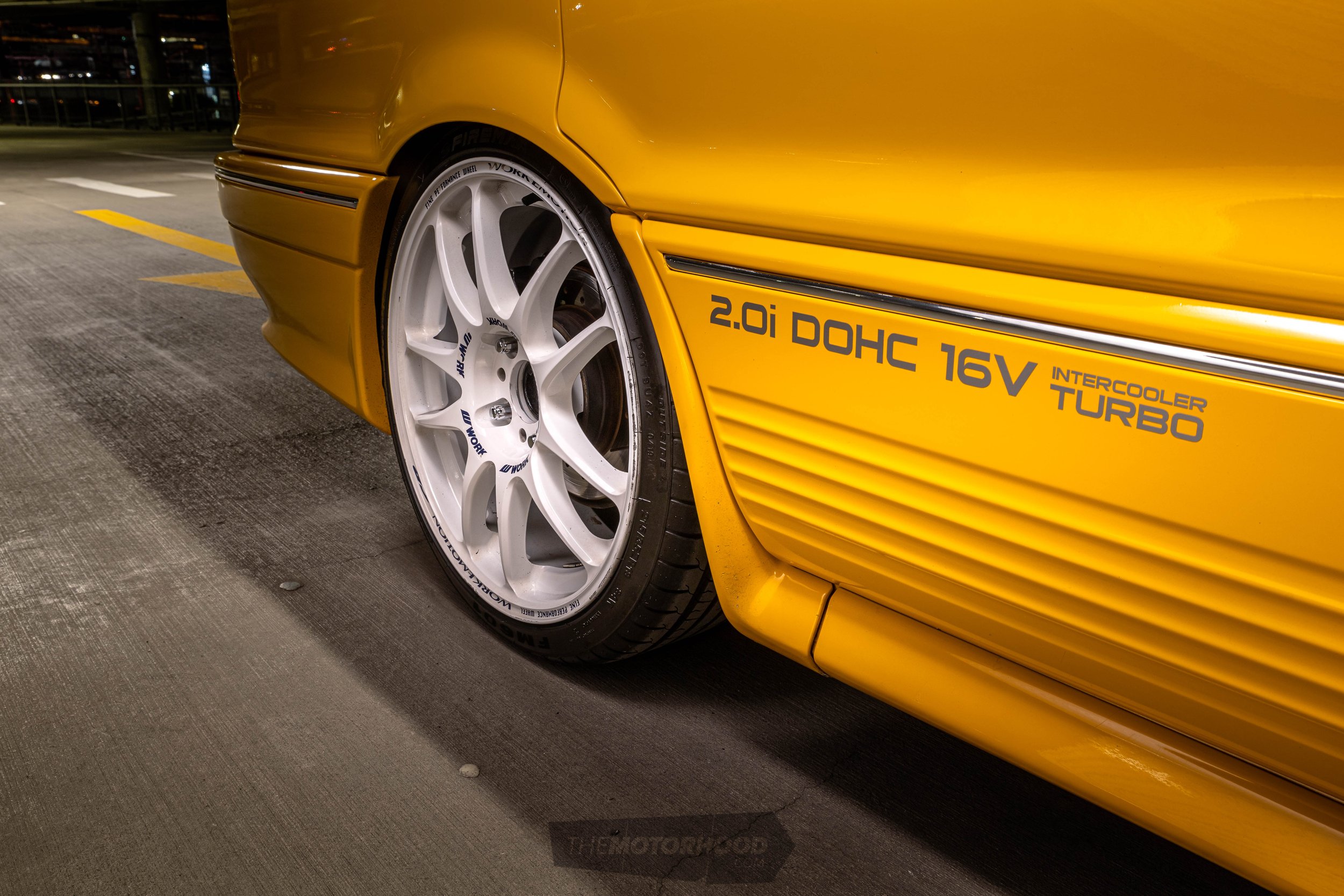
That’s not to say the car isn’t without its clever parts — it’s been extremely cleverly built, and built entirely in the shed by Greg and his mates. Take, for example, the drivetrain that backs up the forged 4G63 engine. The gearbox itself is an Evo I item but fitted with a taller VR4 fifth gear and 3.54:1 VR4 front diff. Greg cleverly modified the end casing to fit an early-type dog engagement centre diff lock viscous coupling. This means that removing a 12mm bolt from the side of the box allows an internal spring-loaded pin to lock the car into rear-wheel drive only mode. When in this mode, the Evo I transfer case sends power to an Evo III plate LSD that’s been fitted with four-bolt VR4 Evo axles and VR4 3.45:1 final drive ratio.
What happened to the three-bolt axles the car came with? One can only guess they were blown to smithereens during night-time traction testing sessions somewhere around the Miramar water towers — although thankfully all the fun and games happened long before cellphones were equipped with cameras and shenanigans were posted on the internet, so maybe it never happened.
The engine itself isn’t making huge power by today’s standards, but 230kW at the wheels is still plenty enough to have fun in, be it in two-wheel drive or four-wheel drive mode. That power comes from a 10-year old Garrett T3 ball-bearing turbo, or what’s now commonly referred to as a GT3540R. The turbo pumps 16psi through an equally period-correct RacePro intercooler and into a port-matched throttle body and intake manifold combo. Likewise, the intake and head have been matched to each other,and fitted with a Gizzmo thermal-insulating gasket. The 510cc VR4 Evo injectors have proven to be what’s holding the package back, despite being fitted to a fuel rail of the same origin and fed with a 500hp Walbro in-tank fuel pump. As with many builds of this generation, the head has been filled with Kelford cams measuring 264 degrees on the intake side and 272 degrees on the exhaust side.
Thanks to the price that VR4s are now commanding — thanks to those of us who used to own one or wanted to own one all those years ago returning to the scene — Greg’s laughing that he was smart enough to hold on to his the whole time. With all the memories he’s got with the car — many of which can’t be printed — and the great mates that he’s made along the way, it’s fair to say he’s not going to be selling it any time soon!


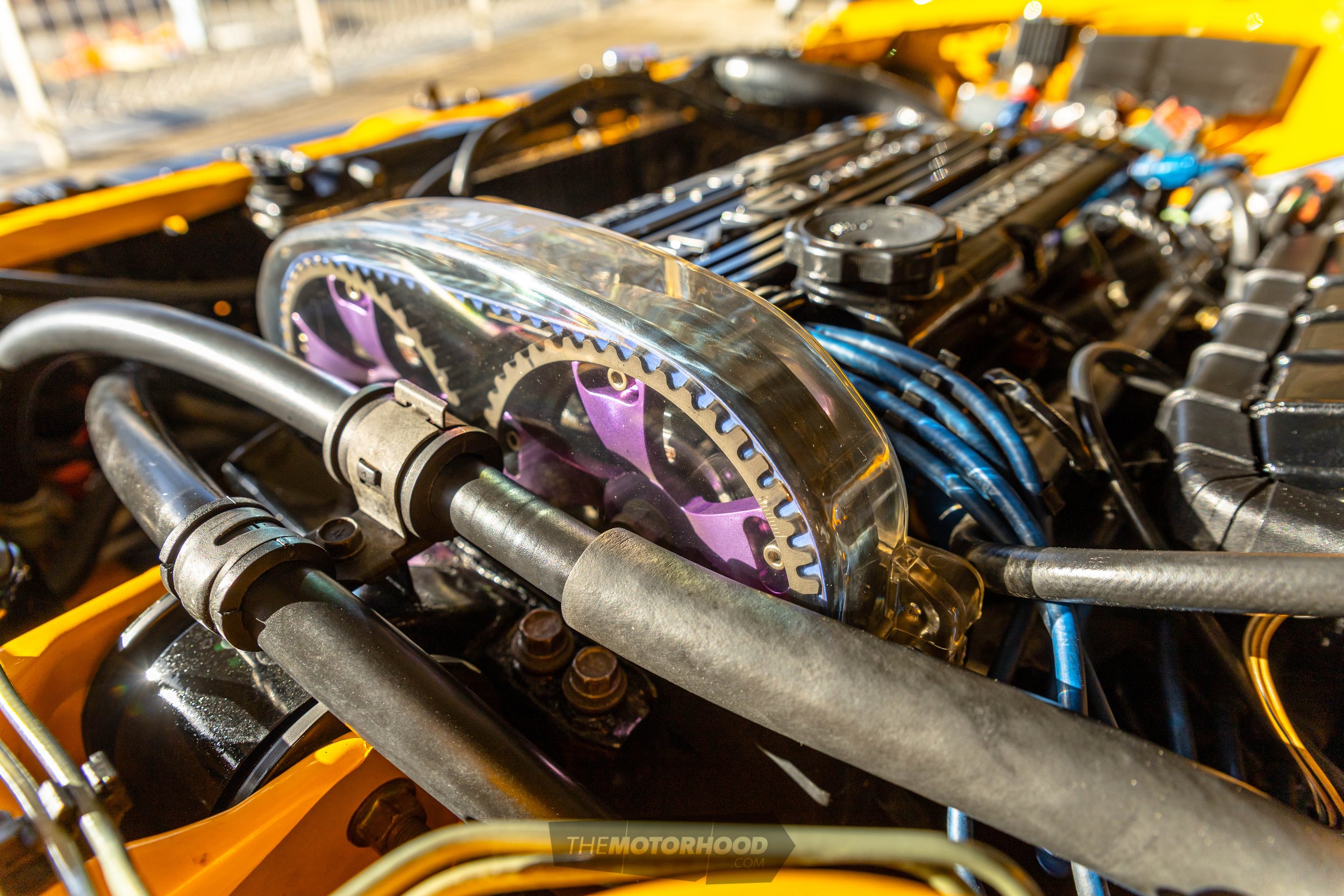
This article originally appeared in NZ Performance Car issue No. 289





